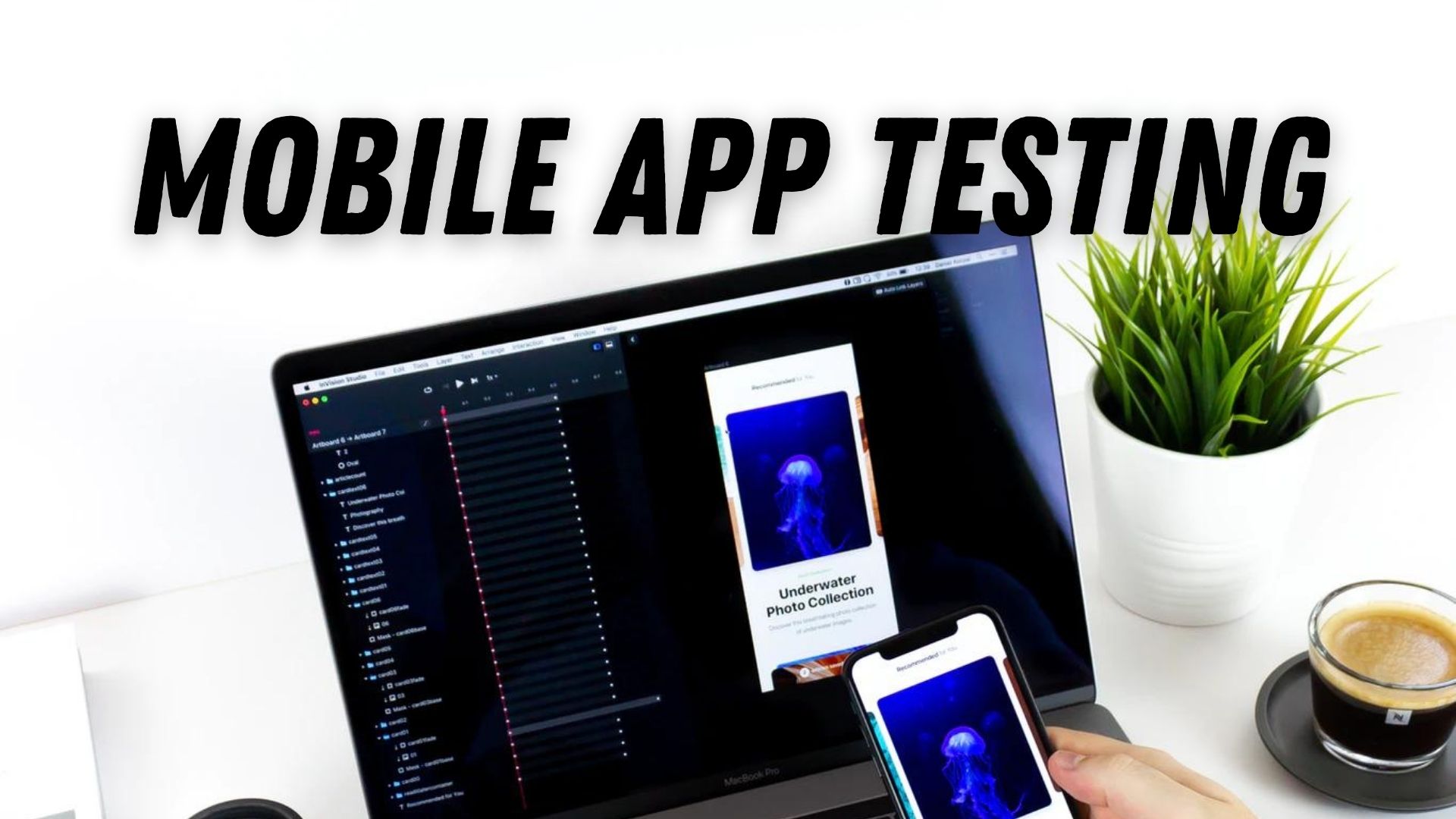Today mobile apps became a crucial source of providing services yet bridging the communication gap between the vendors and customers. Hence mobile apps playing such an enormous role in client acquisition and retention, the organisations must confirm that the apps function seamlessly and provide excellent user experience. That’s why organisers are specializing in mobile app testing which enables building high performing mobile apps. Testing the frequently updating mobile apps isn’t bed of roses, planning strategies might make the journey simple and productive, so let’s discuss some details to contemplate while testing mobile apps.
1. Great User experience
The mobile app interface provides a primary impression to the shoppers. Hence the GUI should be simple, effective, and straightforward to navigate for the users. the colours of UI should match the brand persona and will not cause irritation on eyes. Hence GUI testing could be a must, because it ensures that each one the UI elements are functional, provides good look and feel, is user friendly and straightforward to navigate. In GUI testing customer feedback is taken within the early stages to determine UI performance and to confirm that the UI is user friendly.
2. Compatibility across devices
Achieving device compatibility for mobile apps isn’t a bed of roses. The mobile app must be evaluated for compatibility across a variety of device browser and operating system combinations, else there is a high risk of device fragmentation. Hence cross browser testing is extremely important. Through cross browser testing tools like selenium web driver, we can perform parallel testing across various device browser and OS combinations. Cross browser testing also provides better user experience as there aren’t any bugs because of compatibility issues. In device fragmentation, the UI of the app gets crashed, which may be avoided through cross browser testing. Hence compatibility cannot be avoided if you’re assuming to develop high performing applications.
3. Scalability is must
We know how dynamic the mobile app industry is. The frequency of latest update releases is surging at an awfully fast pace. Hence this entails testing the app with all the new mobile devices to attain compatibility. Hence scaling the devices is incredibly important for mobile application testing. Choosing a highly scalable test automation platform is the remedy to attain compatibility. Cloud based testing platforms are highly scalable as adding or removing devices is extremely easy and just a matter of few clicks, moreover you’ll be able to choose the quantity of devices as per the project requirements.
4. Impressive Performance
Users of mobile apps demand smooth performance from them. They require the app to begin quickly, having excellent responsiveness, simple navigation, good device memory, optimising screen size etc. Also, the app must function well, and everyone should respond quickly. Hence performance testing should be haunted to make sure that the app functions flawlessly so as to avoid disengaged users.
5. Set Up a Continuous Delivery Pipeline
By establishing a continuous delivery pipeline, you can ensure that new advancements are sent directly to clients, far faster than your rivals. Remember to set up the delivery pipeline before automating your test cases and double-check that the end result is bug-free. This way, if the client’s requirements change, you’ll be able to adjust and quickly deliver thanks to the pipeline.
6. Using Workflow Visualization tools like Kanban
Setting up a DevOps pipeline in an established organisation, on the other hand, would expose you to a number of obstacles. Small defects in manual processes or large flawed end releases that fail during production, resulting in disgruntled consumers are examples of bottlenecks. We may utilise workflow visualisation tools such as business process flowcharts to break down and uncover problems in order to simplify and get a grasp on this tangle. Kanban, which is similar to sticky notes and displays project status, progress, and other concerns, is one of the most suggested workflow visualisation tools.
7. Focus on Continuous Testing
The code is tested early and frequently in continuous testing because it is validated at each level of the development cycle. As the process needs continuous deployment, continuous integration testing becomes a difficulty. Every piece of code is tested and delivered here, including the full integrated piece of software, at every update. As a result, evaluating the programme at each integration requires automated testing. The faster code is tested, the faster it is deployed, and the faster the product is released. As a result, continuous integration and continuous testing go hand in hand in order to get quicker and higher-quality solutions. As a result, one of the most important DevOps testing methodologies to implement is continuous testing, which requires the usage of trustworthy continuous testing solutions.
Conclusion
Since the last twenty years, thanks to the recognition of mobile apps, most of the vendors across diverse verticals are utilising apps for engaging audiences and delivering services to them. reciprocally the dynamic app users want updated services with seamless application performance otherwise it should cause disengaged users. Hence while testing mobile apps some strategies should be taken note of to make sure a smooth and productive testing journey. So do read the above blog and implement the highly recommended mobile app testing points.







